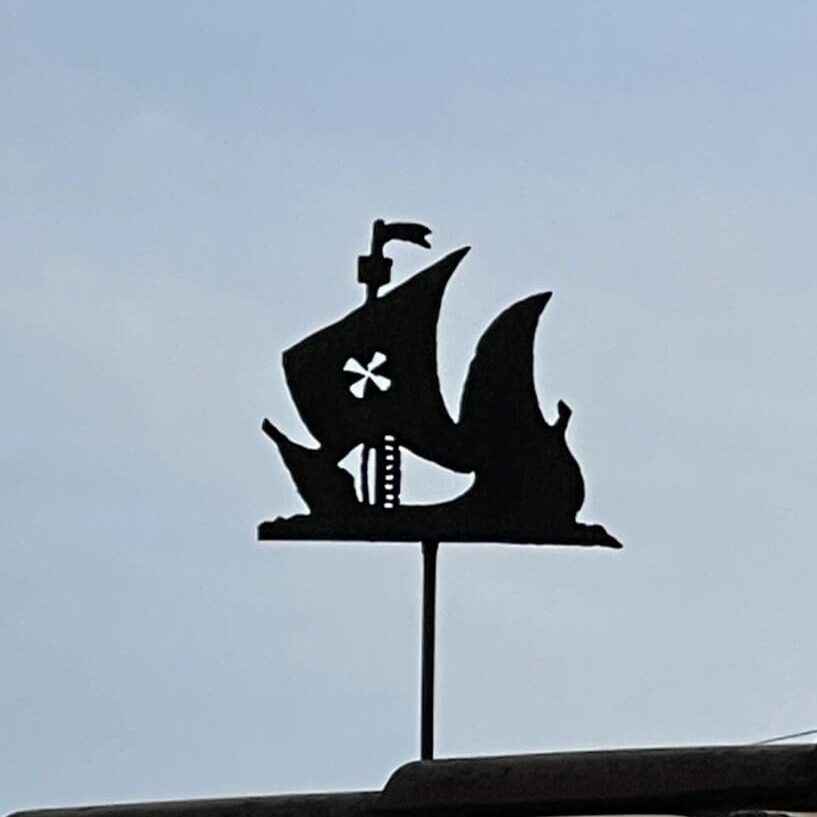There are many small details on vintage homes that people don’t often notice. One item is the weathervane. Most weathervanes in Los Angeles have been either lost or tossed during roof replacements; but Antique Weathervanes connect us to our architectural past and shouldn’t be thrown away. Although weathervanes were originally about function, these beautiful relics are also an appealing decorative feature. Whenever possible, save and reinstall your weathervane.
Weathervane Design
The natural world was a major source of design inspiration. Weathervanes based on the forms of cod, swordfish, whales, sea dragons, ships, even lobsters were popular in coastal communities. Cows, sheep, roosters and pigs announced to passersby the species of livestock to be found in the barn and farmyard. Now, considered Americana folk art, weathervanes are increasingly sought after by collectors.
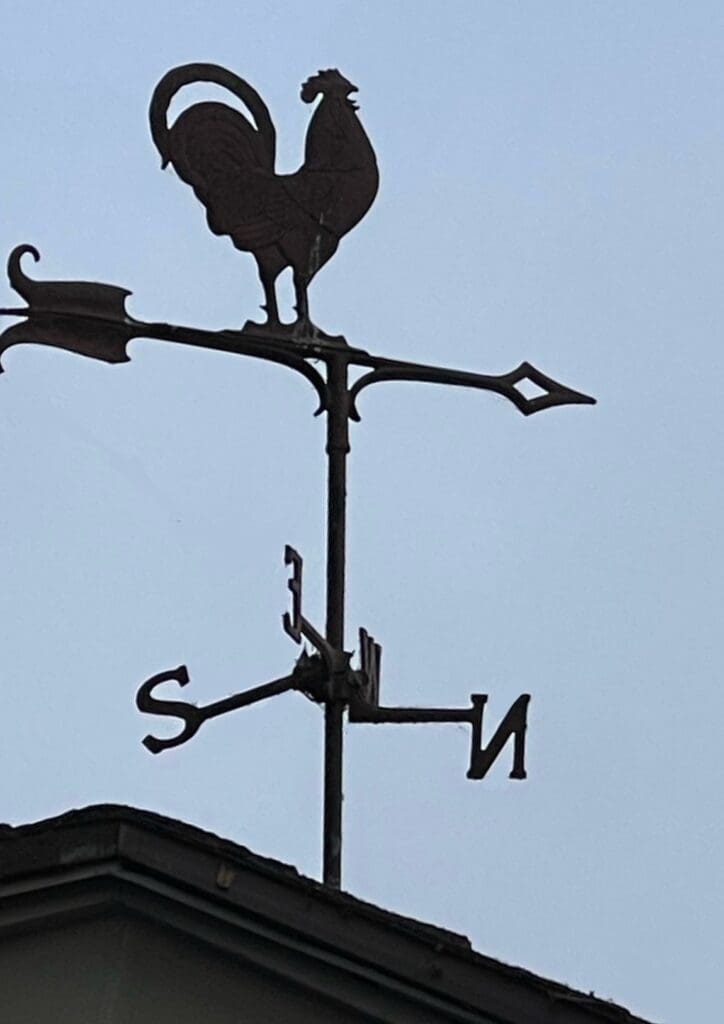
Utilitarian
However beautiful, whimsical, or imaginative a weathervane may be, it was a primitive weather forecasting tool. Before weather satellites and accurate forecasts, being able to know the wind direction at a glance could be money-saving and even life-saving information for farmers, mariners, and merchants.
Weathervane History
Weathervanes were installed on many homes built between 1840 and 1960, and they are part of American heritage. They can easily be maintained with WD-40 and restored with paint. When reroofing your home, instruct the roofer to reinstall these charming relics. Visual details are important on historic homes, as each one contributes charm and elegance to a structure, so keep your weathervane.
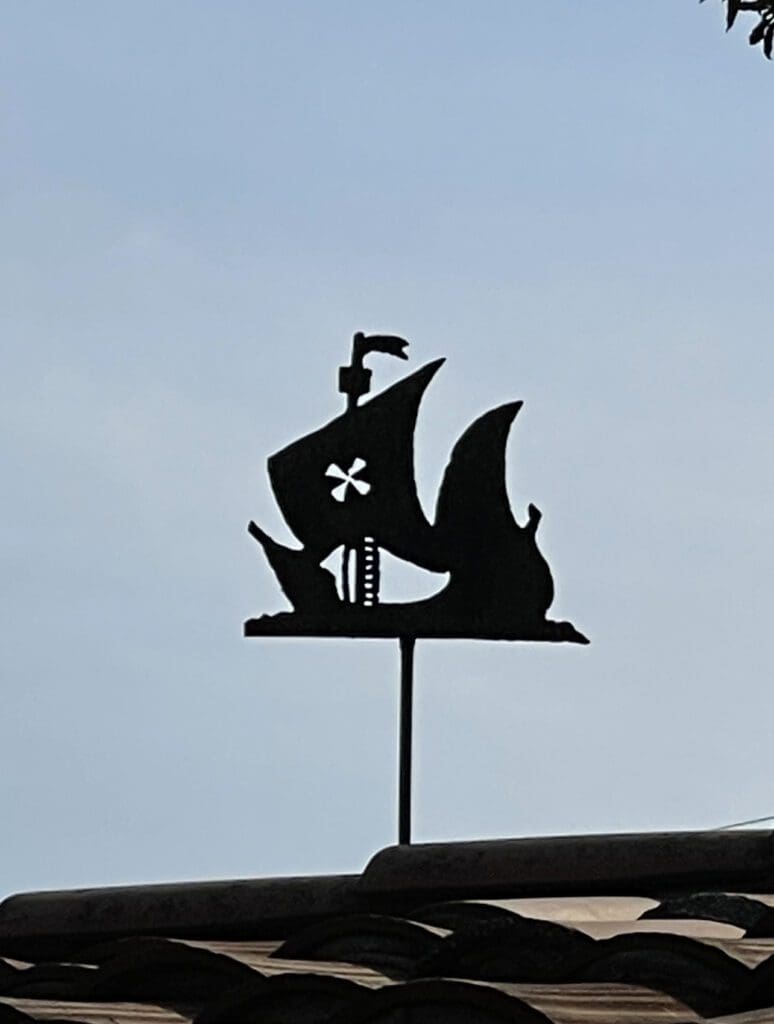
Weathervanes should be placed at the highest point of a roof or structure for the best wind catching and visibility. If you want it to be more than just ornamental, make sure there are no nearby obstacles, like trees or vines that could interfere with its rotation. https://alllosangelespaintingcompany.com/2020/02/vintage-home-item-restoration/
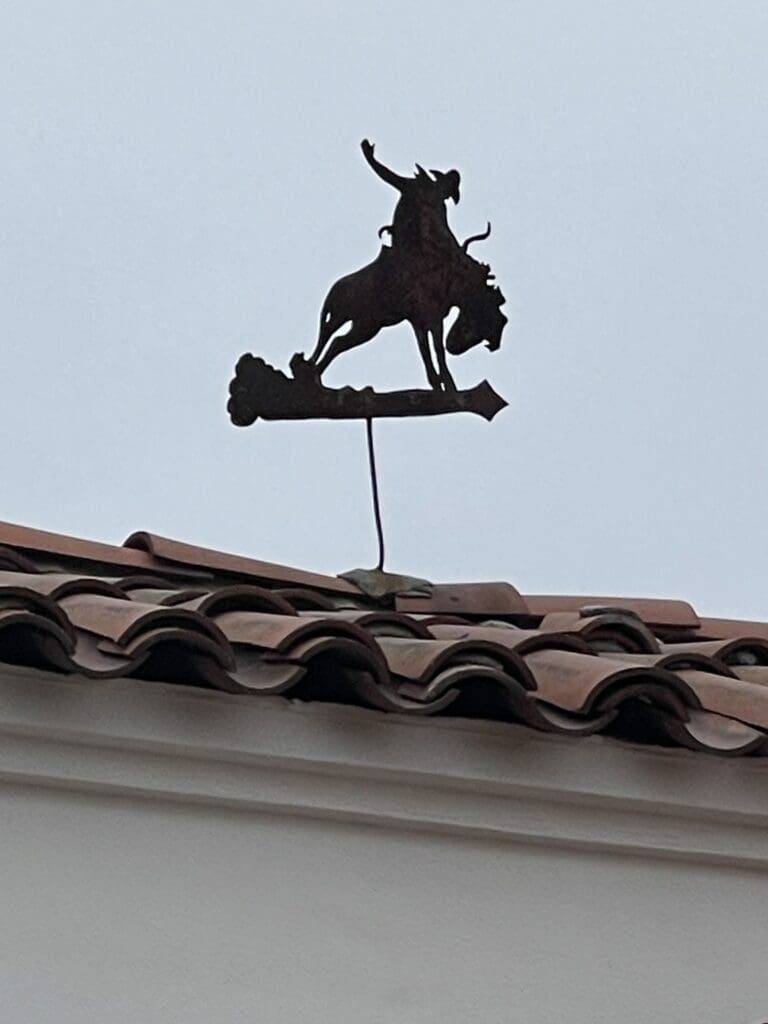
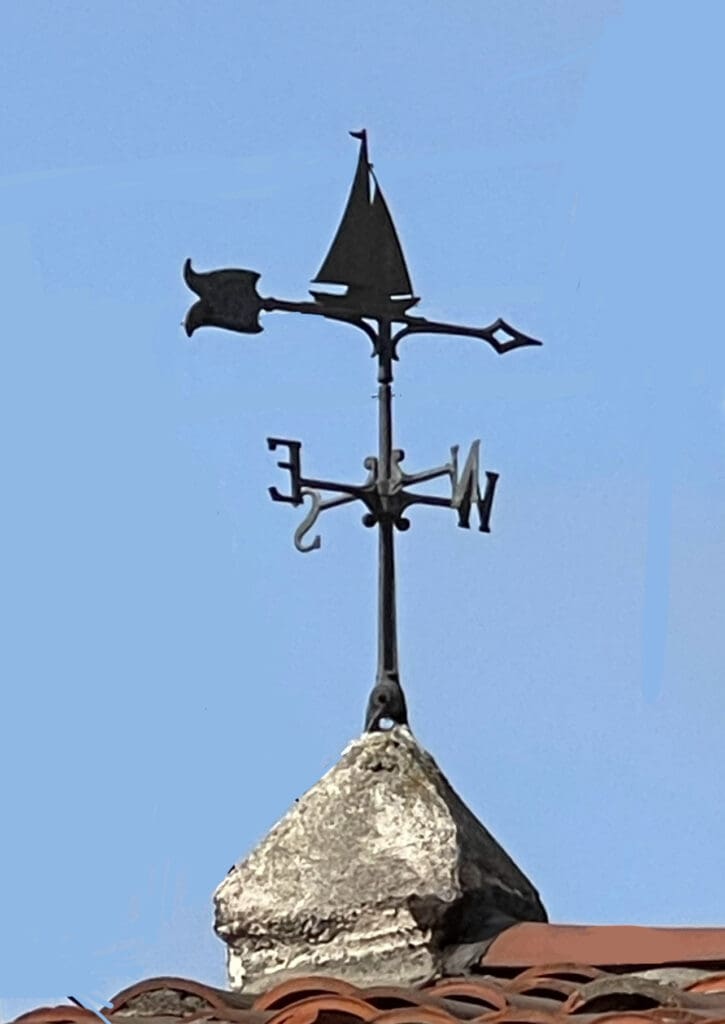
Rain Gutter Scupper
Another vintage item that people often throw away during a remodel are the original rain gutters and downspouts. If they are in good shape, they should be restored and reused. They were originally made of copper or sheet metal, and their original layout and design were superior to today’s gutter location schemes.
Pictured here is a pre-WW2 rain gutter with scupper. There are places on a house where installing a down spout is not practical or aesthetically pleasing. A rain gutter scupper is the perfect alternative to a down spout. It is an opening in the side or end of a rain gutter that releases water in a convenient place.
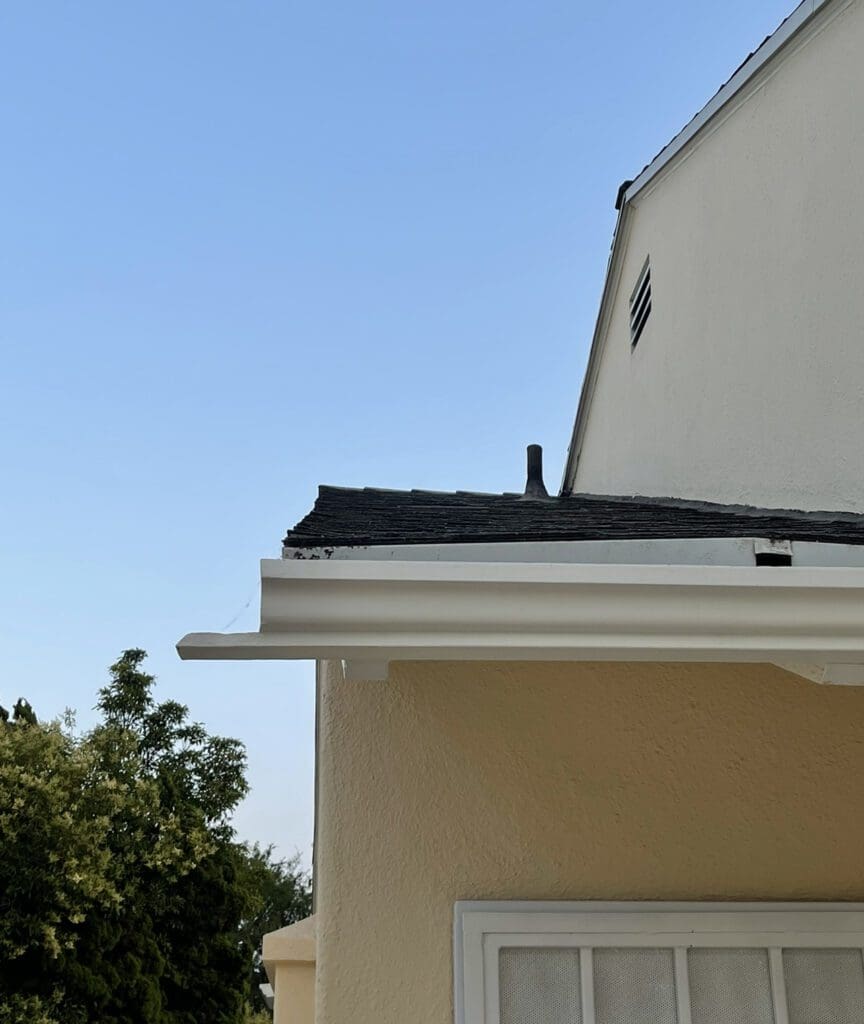
Call All Los Angeles Painting Company, Inc. 310-470-9218 for your interior and exterior vintage home restoration needs.
